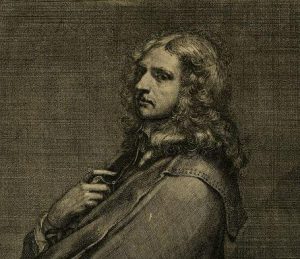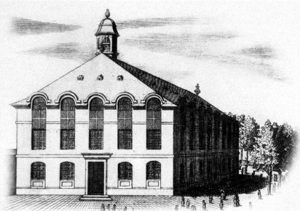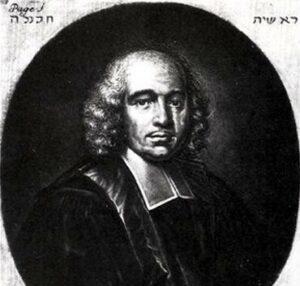The artist
According to his close friend Félibien, Louis du Guernier, born on 14 April 1614, was the grandson of a “very influential man in the Parliament at Rouen”, but became destitute during the Wars of Religion. After the early death of his father, as the eldest child, he had to paint miniatures to support his many siblings, many of whom became artists.
His sister Suzanne married the painter Sébastien Bourdon, a friend of Louis’s and a prominent figure among Protestant artists and goldsmiths. Samuel Bernard, who worked with him, etched his portrait.
He was one of the first members of the Academy which he joined on 16 August 1651, and thus was one of the Twelve Ancients. On 6 July 1655 he was appointed Professor.
A strong, endearing and tolerant personality
Many of his peers liked Louis for his personality, including Félibien who became one of his closest and best friends and claimed he had never met “anyone his age as moderate and wise as he was… His knowledge and skills in painting were his least laudable qualities but the beauty of his soul exceeded anything I could say. Though his excellent work would have made me seek him out, his good manners and personal qualities drew me to love him and to see him often. His conversation was soft and pleasant, his amusements innocent ; he was earnest ; he never complained ; he was respected, but not feared ; he looked indifferent and unsociable, but was courteous and honest ; an enemy of vice, but not of respectable amusements. He enjoyed music, played the theorbo quite well, liked reading good books, of which he was a good judge ; he never talked about his Religion. When he mentioned ours, he did so in a wise and genuine manner ; and all his actions revealed nobility and generosity”.
He was the godfather of Henri Testelin who was baptised in the Temple at Charenton, and his wife, when she was a widow, became the godmother of another child of Testelin’s.
He died on 16 January 1659 in his home on the Quai de l’Horloge in Paris and was buried the next day in the cemetery on the Faubourg Saint-Germain.







